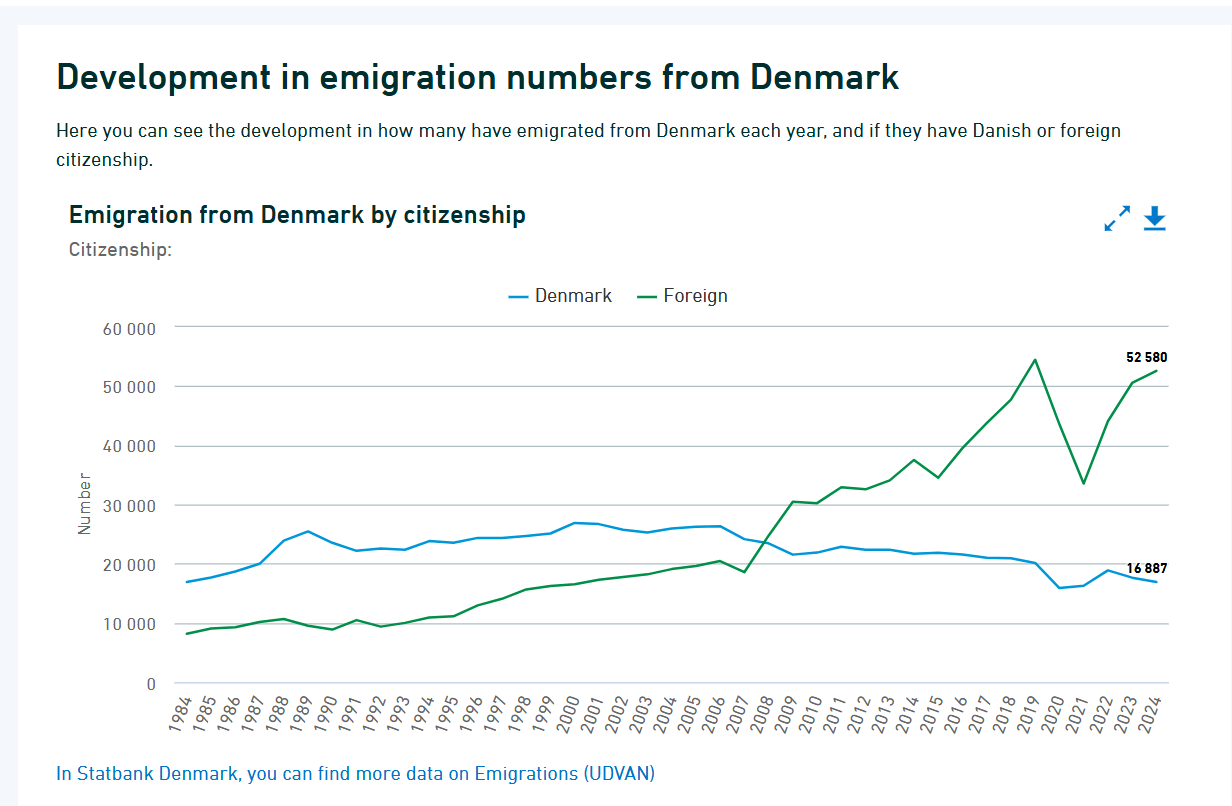Researchers from the Greenland Institute of Natural Resources may have become the first to measure the ‘sleeping patterns’ of whales.
The researchers found that the big mammals had several inactive periods under water by using acoustic probes attached to bowhead whales using suction cups or harpoons – which would fall off and rise to the surface after a few days to be collected for data retrieval.
More specifically, the data showed five periods during which the whale was at a constant depth of 16-38 metres for 24-48 minutes at a time. The periods were only broken by the whale rising to the surface for air.
READ ALSO: The world’s oldest DNA: remains found in Greenland are 2 million years old!
Drift diving = sleeping?
This kind of ‘drift dive’ has also been seen in humpback and sperm whales, as well as some species of seal.
The researchers believe that the whales are actually asleep when this happens.
And what’s also interesting is that the whales were able to ‘sleep’ despite being recently tagged by tracking equipment.


















